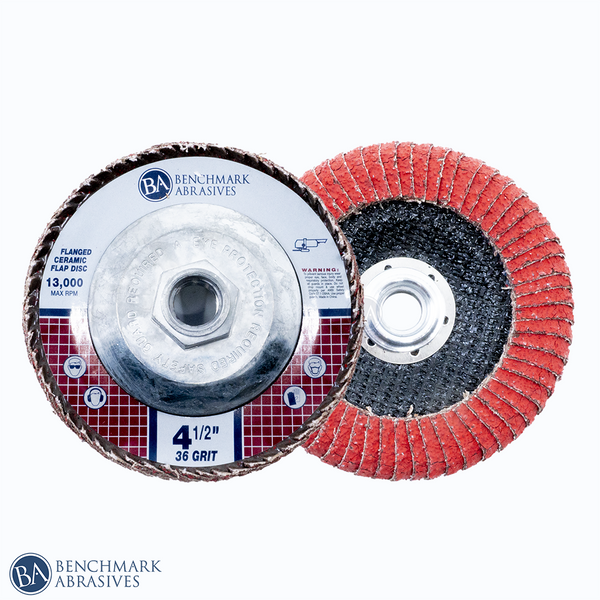I bought myself a new toy, but I have issues, I am leaky.
The welder that is.
I just had two fantastic weeks off, and part of that time I was working on my VW. Cutting old hole rusty metal out and replacing. What I had been using is an about 30 year old Lincoln 100. It worked good enough for a long time, but during this long weekend I started getting frustrated. The wire was just not feeding at what seems a consistent rate. Slow and I would chase the wire in, fast and I would find myself pulling away. Fiddling with the feed rollers gave me nothing. Finally in a fit of rage I said to hell with this and bought a new machine. I think the issue with the old machine is worn out feed rollers, I guess they do wear out. But why replace some little $50 parts and keep going when you can spend $2000 and get a new machine and have new fights right?
This was not an on the spot decision, I had been looking for a while, and just living with it and doing a LOT of grinding. The globs just getting worse and worse. I know I can't weld but I can't be THAT bad.
Researching the new machines, likely the last machine I will ever buy, ever notice how that thinking pushes you in a more expensive direction?
I had a few things on the list,
Mig
Gas ready
Name brand
Then the like to have
tig
stick
"Portable"
After looking at all the colors, Red, blue, yellow, yucky tan......I went with red.
View attachment 8293689
I liked the screen and how you got to the different settings on this one over things like Miller, Hobart. I looked at them all. All are in the same basic price point for the same features. Not sure I will ever Tig weld, might stick weld, but I have one of those old tomb stone looking things that has not been on in 20 years. I just wanted it anyway. I had not used it even when it was the correct tool for the job, as getting it to the problem was too big a pain in the butt.
I took the old 100 apart (gas stuff off), hooked the gas bottle to the new hoses and such. Gave things a little snug and tested it. Works, and I guess this is how it is suppose to work. The wire just came out at a nice even speed and it actually looked like a little river of metal laying on top of the test surface, not the rocky mountains. Ok better. inside I go.
Crap did I leave the gas on, the tank is flat empty....yup, you dumb bunny. But you know with all the new stuff it can happen. Off to get a refilled bottle. Back at the shop I decide you know it might be smart to squirt some soapy water on this hose stuff.
Bubbles bubbles everywhere. Well crap. After getting everything tight and to stop leaking, some of it feeling just this side of too tight, no more bubbles.
I put a note on the board at the door to the shop with all the other notes.
Turn off water pump
Turn off water heater
TURN OFF THE GAS ON THE WELDER DUMB ASS.
And I spend the day welding away. Every time I step away for whatever reason I make a point to turn off the bottle. This leads to coming back out from under the car in full getup to turn the %$#@ gas back on. Ok I can live with that, the gas was like $70 for the refill and an hour+ drive. I will just do this.
I go back out yesterday, turn on the gas and start to finish up the one patch I am working on. What is going on the welds are looking all yucky. I listen close and pull the trigger on the gun....no gas. WTF did I forget to turn it on? Can't be it was working a min ago.
I go out and sure enough the bottle is on, but the gage is sitting on 0. What? Getting real mad now.
Unhook everything, have the bottle sitting there, give the cap a little turn and PSSSST. There is gas in there, sounded like it was under pressure, a bit of pressure. Usually I give it a quick little crack just incase there is some dirt or something in where you screw your stuff in. Sounded the same to me.
I left it there.
I have all the old stuff on the 100. I think I am going to haul it back out screw the old stuff on the bottle and see what it says. If it is empty, and it could be. The only thing left is a leak around the o-rings where the gun mounts to the welder itself, or the solenoid I guess.
I have never had to deal with any of this in the past, looking for some words of advice on going forward. I was thinking of trying to figure out a way to test with shop air, not sure if that is a good idea or not, I have a dryer(s), but not an oiler on the shop air.




